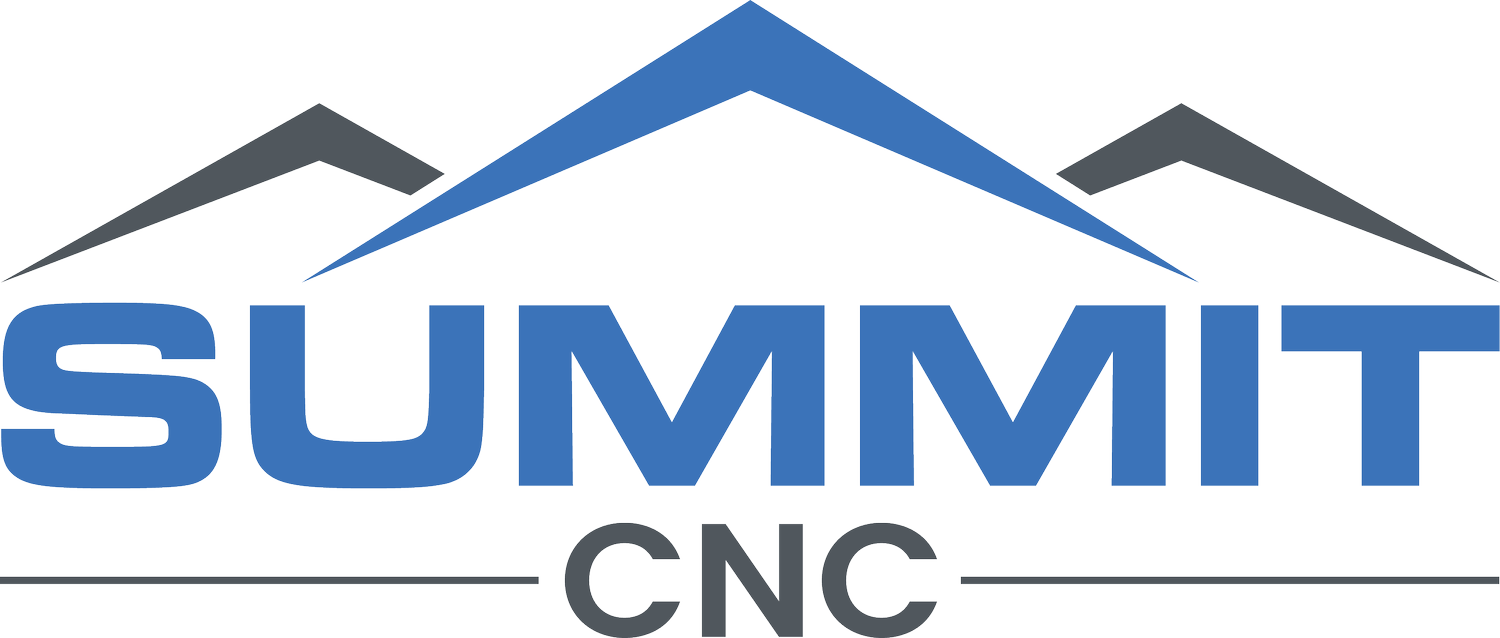4 Features That Make CNC Milled Parts More Expensive
Have you ever received a quote for precision CNC machining services and wondered, “Why is this part so expensive? And why will it take so long to manufacture?”
The answer could be that you didn’t follow Design for Manufacturing (DfM) best practices. Instead, you may have requested certain complex features that require more quoting, programming, and machining time than standard features—and potentially even custom tooling. In the precision machining world, these factors increase costs and lead times.
While complex features are sometimes necessary for a part’s function, in many cases, there are alternative solutions that work just as well and can save you time and money.
Let’s explore four features we advise engineers to avoid for their CNC milled parts if possible (Please note, for parts with cylindrical profiles, these features may be easier and more efficient to produce with 2-axis CNC turning, so this article only applies to milled parts / features).
Fillets
1. Fillets
Issue: Milling fillets (i.e., rounded corners) requires either 3D step milling or the use of corner rounding tools, which both extend the machining time necessary to make your part. For parts with significant filleting in the design, precision machining time can increase so dramatically that the part becomes unreasonably expensive.
Solution: Avoid the time and cost required to mill fillets by replacing them with chamfers in your design. Chamfers are sloped or angled edges that are much easier to machine.
2. Large 3D Features
While large 3D features can be necessary when light-weighting an aerospace part, for example, or meeting critical cosmetic specifications, they are oftentimes not necessary for a part’s application.
Large 3D Features
Issue: With a 2D feature, the Z plane is set at a fixed height to mill the feature at the same depth throughout. However, in 3D step milling, the mill must make modest adjustments to the height of the Z plane during the cutting process to accommodate varying depths.
When milling a 3D feature, we first make shallow passes with a standard square end mill to perform the majority of material removal. Next, we use a ball end mill to remove the final 0.005” of material and smooth the tiny steps left by the square end mill. Using a ball end mill can be a slow, tedious process if you want to achieve a truly smooth surface finish.
Solution: We recommend avoiding 3D surfaces whenever possible—particularly if they are merely cosmetic. Sloped surfaces are one example of a 3D surface.
If 3D features are critical to your part’s function, our precision machining experts are capable of programming and cutting them beautifully. Just be aware that these features will increase your part’s cost and lead time.
3. Deep Pockets with Small Internal Corner Radii
Deep Pockets with Small Internal Corner Radii
Issue: To create deep pockets with small internal corner radii—we must use small-diameter end mills, often running the tools at relatively slow speeds and feed rates to ensure adequate surface finishes.
Between the complexity of these features and the slow machining speeds required to produce them, you can expect significantly longer machining times.
Solution: When your part must include deep pockets, we suggest designing the pocket depth to be no greater than 6x the length of the corner radius. At this ratio, our machinists can utilize a standard 0.125” end mill, which removes metal more quickly than smaller end mills.
4. Holes with Depths That Exceed 8x the Diameter
Issue: Holes deeper than 8x the hole diameter require custom tooling to machine, which can be quite expensive to procure. These tools are also easily breakable when used extensively for a production run of a given part.
Solution: Save time and money by designing holes for standard drill sizes. Standard tooling is readily available at up to 8x the hole’s diameter, and our inventory includes a full selection of 8x drills for any diameter.
If you have a DfM problem you need help solving, ask Summit CNC! We’re always eager to help customers fine-tune their designs and get the lowest costs and shortest lead times possible.
Or skip to the good part and request a quote!



